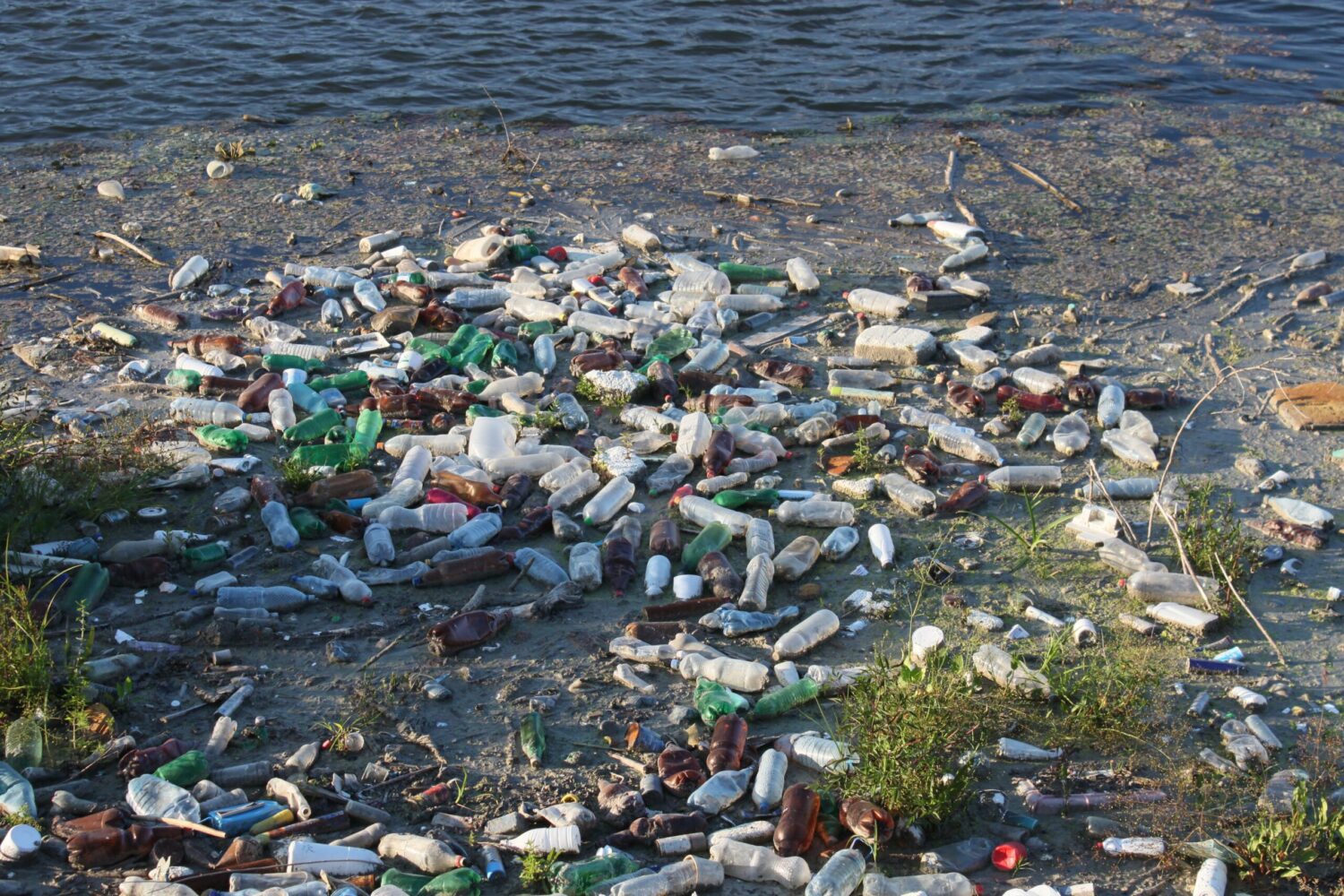


While the world’s oceans, nonhuman animals, and plants play starring roles in sustaining our ecosystem, why are we so bent on sabotaging it?
By Captain Paul Watson, Independent Media Institute
6 min read
This excerpt is from Urgent! Save Our Ocean to Survive Climate Change, by Captain Paul Watson (GroundSwell Books, 2021). This web adaptation was produced by GroundSwell Books in partnership with Earth | Food | Life, a project of the Independent Media Institute.
I would like to introduce you to an alternative way of looking at this planet that we live on. We call it planet Earth, but in reality, it should be called planet ocean. What makes life possible on this planet is one very important element: water. This is the water planet. We have been taught that the ocean comprises the sea. However, the ocean is much more than that.
This is a planet of water in continuous circulation moving through many phases, with each phase intimately linked at every stage. It is the water in the sea, the lakes, the rivers, and the streams. It is the water flowing underground and deep, deep down inside the planet, locked in rock. It is the water in the atmosphere or encased in ice.
And it is the water moving through each and every living cell of every plant and animal on the planet.
Water is life, powered by the sun pumping it from sea to atmosphere and into and through our every living cell. Water is the life that flows through our bodies, flushing out waste and supplying nutrients. The water in my body now was once locked in ice. It once moved underground. It once was in the clouds or in the sea. Even the gravitational pull of the moon acts on the water in our bodies in the same way it acts upon the water in the sea. Water is the common bond among all living things on this planet, and, collectively, all this water in its many forms and travels forms the Earth’s collective ocean. The ocean is the life-support system for the entire planet. From within the depths of the sea, phytoplankton manufactures oxygen while feeding on nitrogen and iron supplied from the feces of whales and other marine animals. The water in rivers and lakes removes toxins, salts, and waste. Estuaries and wetlands act like the kidneys to remove further toxins, and the mineral salts are flushed into the sea. The heat from the sun pumps water into the atmosphere, where it is purified and dropped back onto the surface of the planet, where living beings drink or absorb it before flushing it through their systems. It is this complex global circulatory system that provides everything we need for food, sanitation, and the regulation of climate—for life.
Water is life and life is water. Rivers and streams are the arteries, veins, and capillaries of the Earth, performing the very same functions that they do in our bodies: removing waste and delivering nutrients to cells. When a river is dammed, it is akin to cutting off the flow of blood in a blood vessel. For example, the great Aswan High Dam on the Nile River in Egypt starved the lands below of nutrients, building up toxic water above.
This entire interdependent system is its own life-support system. The book Gaia by James Lovelock is a hypothesis proposing that all living organisms interact with their inorganic surroundings to form a synergistic and self-regulating complex system that helps maintain and perpetuate the conditions for life on the planet. In other words, life operates its own life-support system. In this system, not all species are equal. Some species are essential and some species are less so, but all species are connected. The essential foundations of this life-support system are microbes, phytoplankton, insects, plants, worms, and fungi. The so-called “higher” animals are not so essential, and one of them—humans and the domesticated animals and plants we own—are alarmingly destructive. I like to compare Earth to a spaceship. After all, that is what this planet is—a huge spaceship transporting the cargo of life on a fast and furious trip around the enormous Milky Way galaxy. It’s a voyage so long that it takes about 250 million years to make just one circumnavigation. In fact, our planet has only made this trip 18 times since it was formed from the dust of our closest star.
For a spaceship to function, there needs to be a well-run life-support system that is managed by an experienced and skillful crew. It is this crew that produces the gases in our atmosphere, especially oxygen, nitrogen, and carbon dioxide. It is this crew that sequesters excess gases, particularly carbon and methane. It is this crew that cleans the air, recycles waste, and assists in the circulation of water. It also supplies food, both directly and indirectly through pollination. It is this crew that removes toxins from the soil and keeps the soil moist and productive. The plants serve the animals and the animals serve the plants. The plants feed on the soil and the animals feed on the plants, and, in turn, the animals impart nutrients to the soil.
Some species, especially the ones we call the “higher” animals (mainly the large mammals), are primarily passengers. Some of these passengers contribute a great deal to maintaining the machinery of the life-support system, although they are not as critical as the absolutely essential species that serve as the tireless engineers of the system. There is one passenger species, however, that long ago decided to mutiny from the crew and go its own way, content to spend its days entertaining itself and caring only for its own welfare. That species is Homo sapiens.
There are other species, both plant and animal, that we have enslaved for our own selfish purposes. These are the domesticated plants that replace the wild plants that help run the system. These are the animals that we have enslaved to give us meat, eggs, and milk, or to serve the purpose of amusing us, only to abuse, torture, and slaughter them.
As the number of enslaved animals increases, wild animals are displaced through extermination or the destruction of habitat. The plants that we enslave must be “protected” with lethal chemical fertilizers and genetically modified seeds, along with other chemical poisons, such as herbicides, fungicides, and bactericides.
We are stealing the carrying capacity of ecosystems from other species to increase the number of humans and domestic animals. The law of finite resources dictates that this system will collapse. It simply is unsustainable.
Because of our technological skills, humans have evolved to serve one very important function: We have the ability to protect the entire planet from being struck by a killer asteroid like the one that paid our dinosaur friends a visit 60 million years ago. Although I sometimes wonder if we could even do that, considering our lack of cooperation within our own species. We also have the skills and intelligence, if we so choose to utilize these abilities, to aggressively address climate change, the problem that we are directly responsible for creating. But will we?
Captain Paul Watson is a Canadian-American marine conservation activist who founded the direct action group the Sea Shepherd Conservation Society in 1977 and was more recently featured in Animal Planet’s popular television series “Whale Wars” and the documentary about his life, “Watson.” Sea Shepherd’s mission is to protect all ocean-dwelling marine life. Watson has authored or co-authored more than a dozen books, including Death of a Whale (2021), Urgent! (2021), Orcapedia (2020), Dealing with Climate Change and Stress (2020), The Haunted Mariner (2019), and Captain Paul Watson: Interview with a Pirate (2013).
Take action…
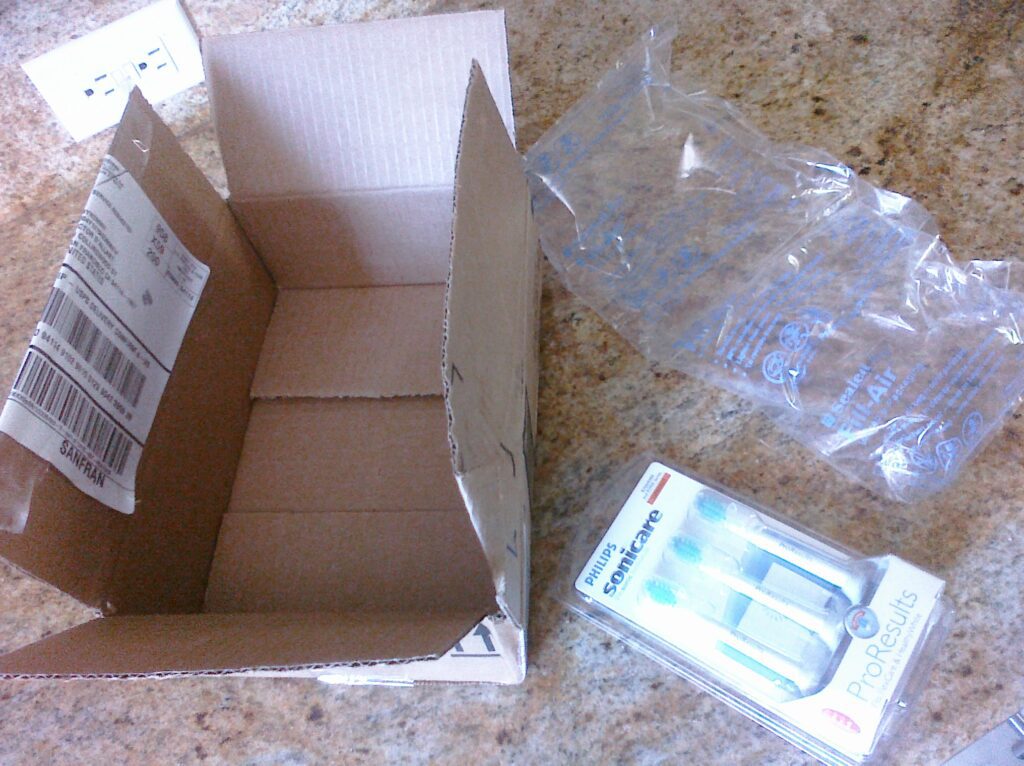
Amazon’s plastic packaging threatens marine ecosystems
Oceana: “Oceana analyzed e-commerce packaging data and found that Amazon generated 465 million pounds of plastic packaging waste in 2019. This includes air pillows, bubble wrap, and other plastic packaging items added to the approximately 7 billion Amazon packages delivered in 2019. The report also found that Amazon’s estimated plastic packaging waste, in the form of air pillows alone, would circle the Earth more than 500 times. By combining the e-commerce packaging data with findings from a recent study published in Science, Oceana estimates that up to 22.44 million pounds of Amazon’s plastic packaging waste entered and polluted the world’s freshwater and marine ecosystems in 2019, the equivalent of dumping a delivery van payload of plastic into the oceans every 70 minutes.”
Urge Amazon to stop polluting the planet with plastic packaging.
Cause for concern…
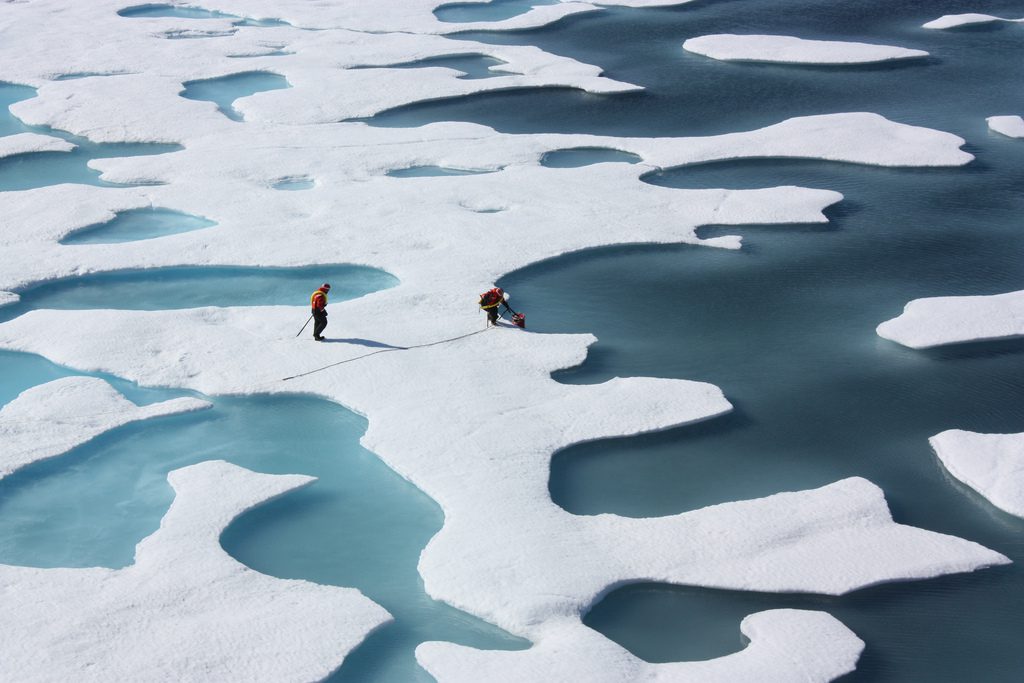
Polar regions destabilized by climate change
“In research presented [last] week at the world’s biggest earth science conference, [glaciologist Erin Pettit of Oregon State University] showed that the Thwaites ice shelf could collapse within the next three to five years, unleashing a river of ice that could dramatically raise sea levels,” reports Sarah Kaplan for the Washington Post. “The rapid transformation of the Arctic and Antarctic creates ripple effects all over the planet. Sea levels will rise, weather patterns will shift and ecosystems will be altered. Unless humanity acts swiftly to curb emissions, scientists say, the same forces that have destabilized the poles will wreak havoc on the rest of the globe.”
“These warm conditions are catastrophic for the sea ice that usually spans across the North Pole. This past summer saw the second-lowest extent of thick, old sea ice since tracking began in 1985. Large mammals like polar bears go hungry without this crucial platform from which to hunt. Marine life ranging from tiny plankton to giant whales are at risk.”
Round of applause…
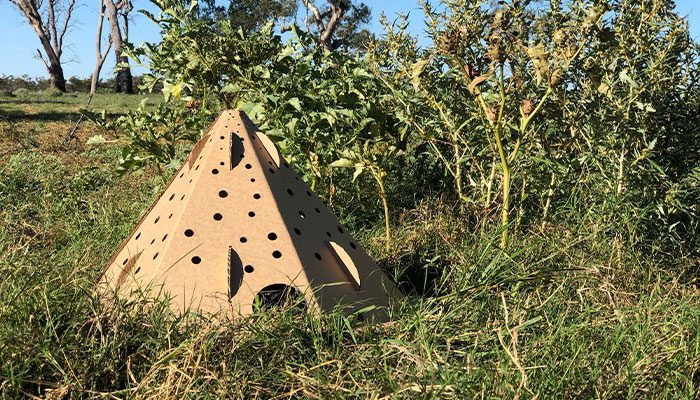
Giving wildlife a fighting chance after bushfires
Dr. Alexandra Carthey, a research fellow in the department of biological sciences at Macquarie University in Sydney, Australia, has developed an inexpensive, biodegradable and scalable solution to help wildlife survive predation after bushfires: temporary cardboard shelters. These pyramid-shaped habitat pods have been designed to be safe houses for various ground-dwelling fauna, including bandicoots, bush rats, possums and reptiles.
“[T]here haven’t been enough studies to confirm the numbers,” she says, but “[t]here is some thinking that more animals might die in the post-fire period from predators and exposure than during the fires.”
“A lot of their life, the behavioral decisions they make, and just how they go about their day, is about trying not to get eaten,” Carthey says of small animals, most of which will die by predation rather than old age. “They are hardwired to seek the safety of cover. And if you provide it, they will find it. After a bushfire, the thick grasses, leafy bushes, dropped bark, and leaf litter that small critters normally hide under have been burnt away. For the predator, it’s like suddenly spotting your prey across a mown grass lawn.”
ICYMI…

How does family planning impact public health, inequality and the environment?
“Existential crises, from accelerating climate change to a pandemic that is mutating to overcome the defenses of our immune system, have prompted talk of the need for fundamental change. This talk rarely, if ever, touches on the one form of change that is the most fundamental: Altering the way we have kids or create future generations. It is a choice that would change who we as a society are—and who we are becoming.
“This option is almost never discussed, despite the disproportionate long-term positive impact better family planning policies can have on the environmental, inequality, and public health crises we face, because it means making decisions that are not individualistic in nature, but are, instead, shaped by the need to ensure a better and a more sustainable future for everyone. Whatever happens in the world, for many, that sense of familial autonomy and privacy—the right to have as many kids as they want, when they want, irrespective of the needs of both their own families and the environment, the opportunities the children will or won’t have—gives them a feeling of power and freedom. Most people are at best unaware of and at worst uncaring about how their decisions impact the freedom of others—future generations’ freedom to a fair start in life, and freedom from the ravages of the climate and other ecological crises.”
—EFL contributor Carter Dillard, “Better Family Planning Can Improve Public Health, Inequality and the Environment” (NationofChange, October 6, 2021)
Parting thought…
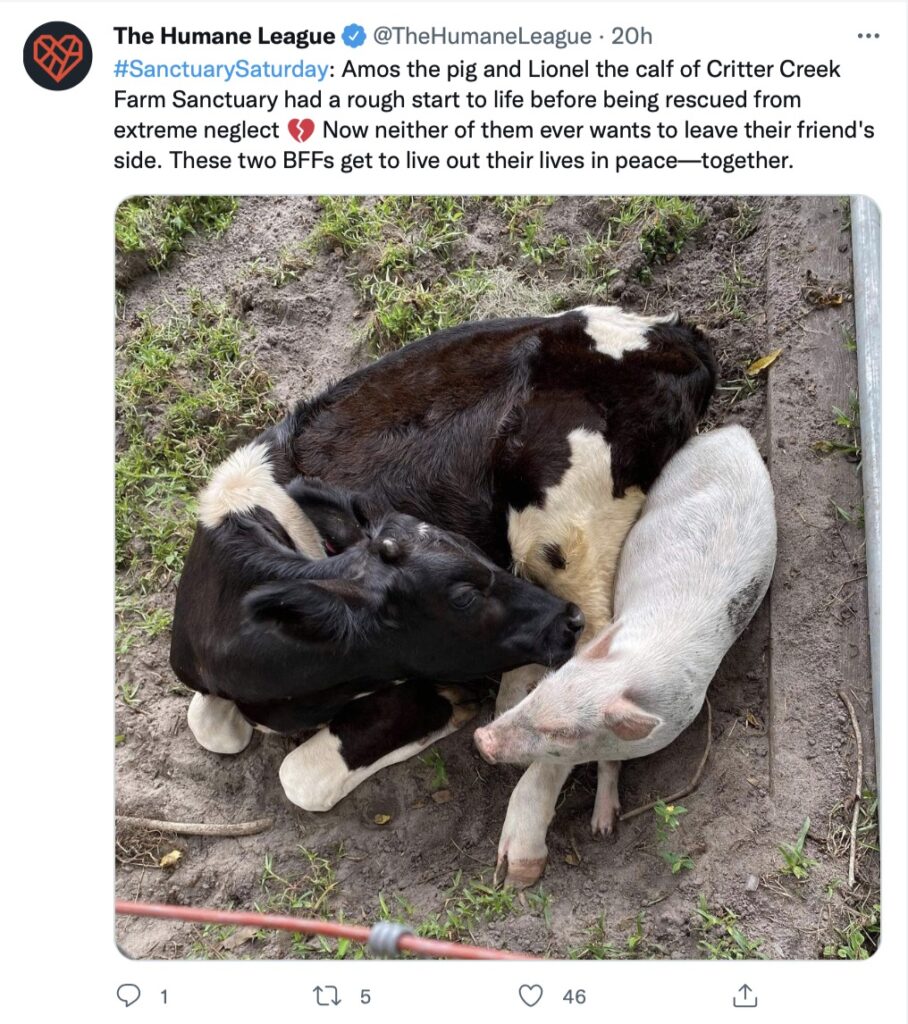
“Not a single creature on Earth has more or less right to be here.” —Anthony Douglas Williams
Editor’s note: Earth | Food | Life will not be publishing a newsletter next week. Have a happy, safe and compassionate holiday season. Here’s to a better year for Mother Nature and all Earthlings in 2022.
Earth | Food | Life (EFL) explores the critical and often interconnected issues facing the climate/environment, food/agriculture and nature/animal rights, and champions action; specifically, how responsible citizens, voters and consumers can help put society on an ethical path of sustainability that respects the rights of all species who call this planet home. EFL emphasizes the idea that everything is connected, so every decision matters.
Click here to support the work of EFL and the Independent Media Institute.
Questions, comments, suggestions, submissions? Contact EFL editor Reynard Loki at [email protected]. Follow EFL on Twitter @EarthFoodLife.

